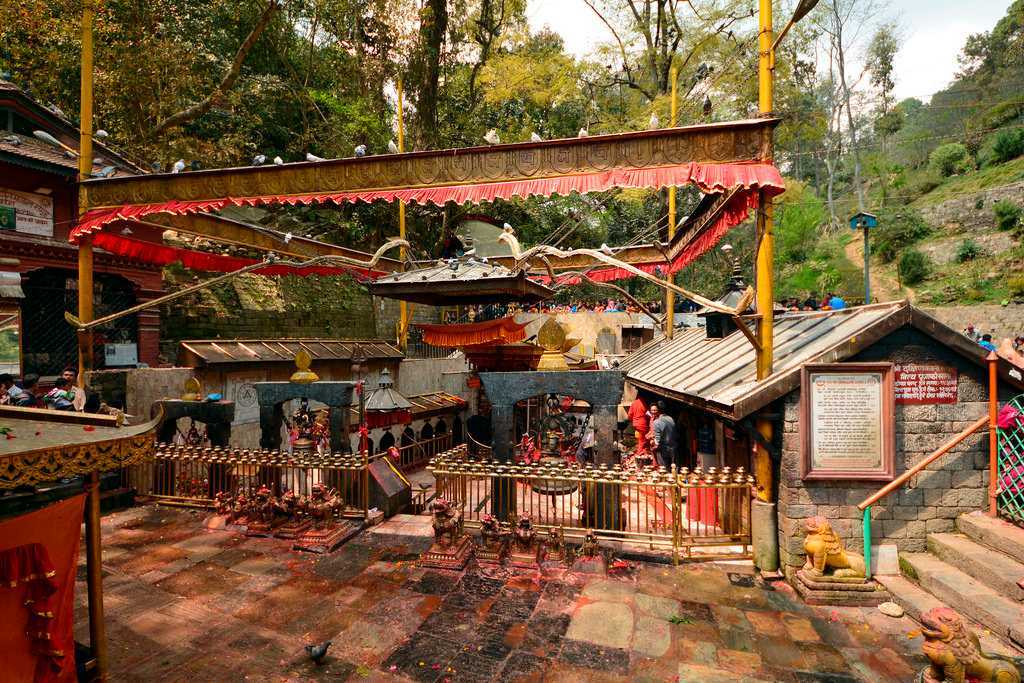Nestled at the base of the scenic Shivalk Hills, Dakshinkali Temple is emerging as a significant tourist destination in Nepal, attracting visitors with its rich cultural heritage and spiritual ambiance.
Dakshinkali Temple, dedicated to the goddess Kali, holds a special place in the hearts of locals and visitors alike. The temple is renowned for its vibrant festivals and rituals, which draw thousands of devotees and tourists each year. The temple’s unique charm lies in its traditional offerings and the mesmerizing atmosphere created by the rhythmic chants and the scent of incense.
The temple is a major pilgrimage site for Hindus, particularly during the Kali Puja festival, which sees an influx of devotees offering animal sacrifices as part of their worship. This ancient practice, steeped in tradition, provides tourists with an authentic glimpse into Nepali religious customs and the deep-seated cultural practices of the region.
The temple’s setting in the lush, green hills adds to its allure, offering visitors a peaceful retreat from the bustling city life of Kathmandu. The serene environment and panoramic views of the surrounding landscape make it a perfect spot for contemplation and relaxation.
Recent efforts to enhance the visitor experience at Dakshinkali Temple have included improvements in infrastructure and amenities. New pathways and seating areas have been established to accommodate the growing number of tourists. Additionally, local vendors and souvenir shops now offer a range of traditional handicrafts and religious artifacts, providing visitors with unique keepsakes of their visit.
The Nepal Tourism Board has recognized Dakshinkali Temple’s potential and is working on promoting the site through various tourism campaigns. These initiatives aim to highlight the temple’s cultural significance and attract more international tourists, while also ensuring the preservation of its sacred traditions.
The influx of tourists has had a positive impact on the local economy. Small businesses and eateries in the vicinity of the temple have seen increased patronage, contributing to the livelihoods of residents. The community is actively involved in maintaining the temple grounds and providing hospitality to visitors, ensuring a warm and welcoming atmosphere.
Efforts are also underway to create sustainable tourism practices that respect the religious significance of the site while accommodating the needs of tourists. This includes managing visitor flow and ensuring that the traditional practices and rituals are upheld without compromise.
As Dakshinkali Temple continues to gain prominence as a tourist destination, there is a focus on balancing the preservation of its spiritual essence with the demands of tourism. The ongoing development projects aim to enhance the overall visitor experience while maintaining the temple’s sacred atmosphere.
For travelers seeking an immersive cultural experience and a serene escape, Dakshinkali Temple offers a unique opportunity to explore Nepal’s rich religious heritage and enjoy the natural beauty of the Shivalk Hills. With its blend of spiritual significance and tourism potential, Dakshinkali Temple stands as a testament to Nepal’s vibrant cultural landscape.






